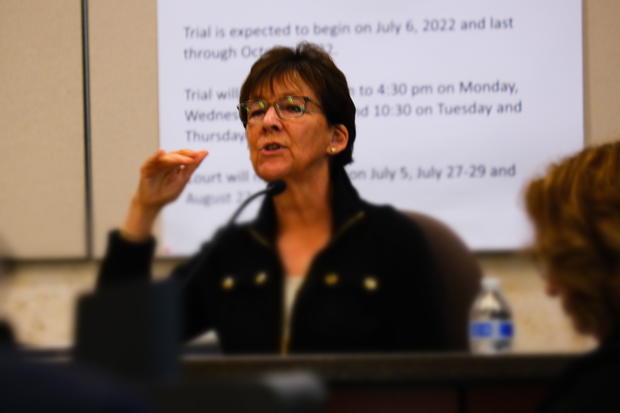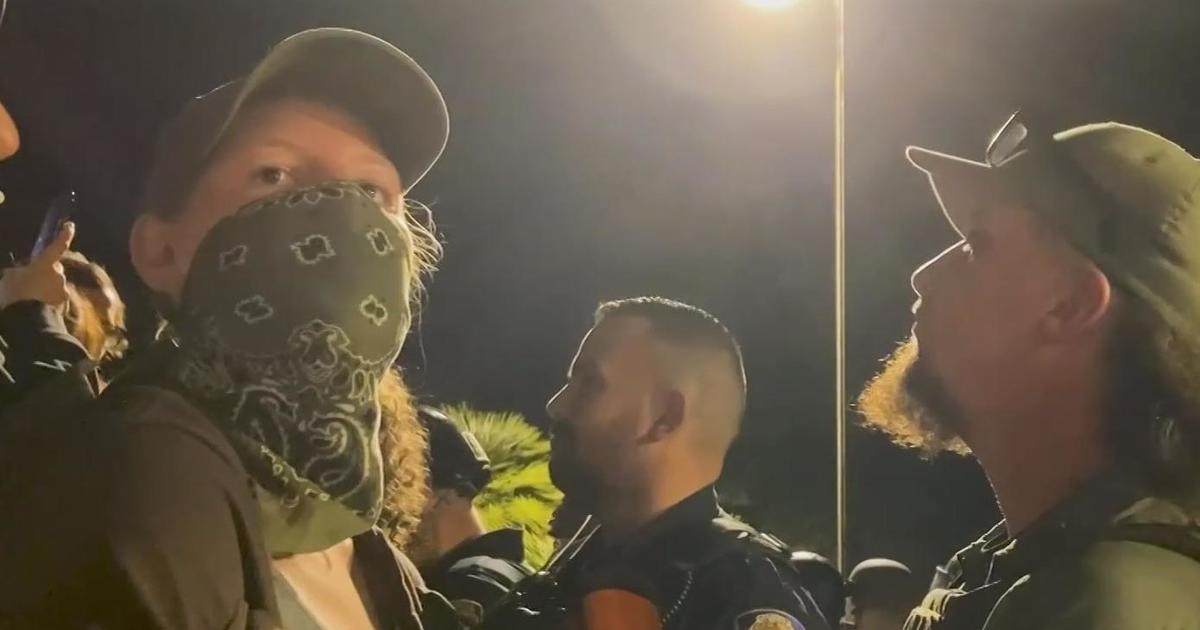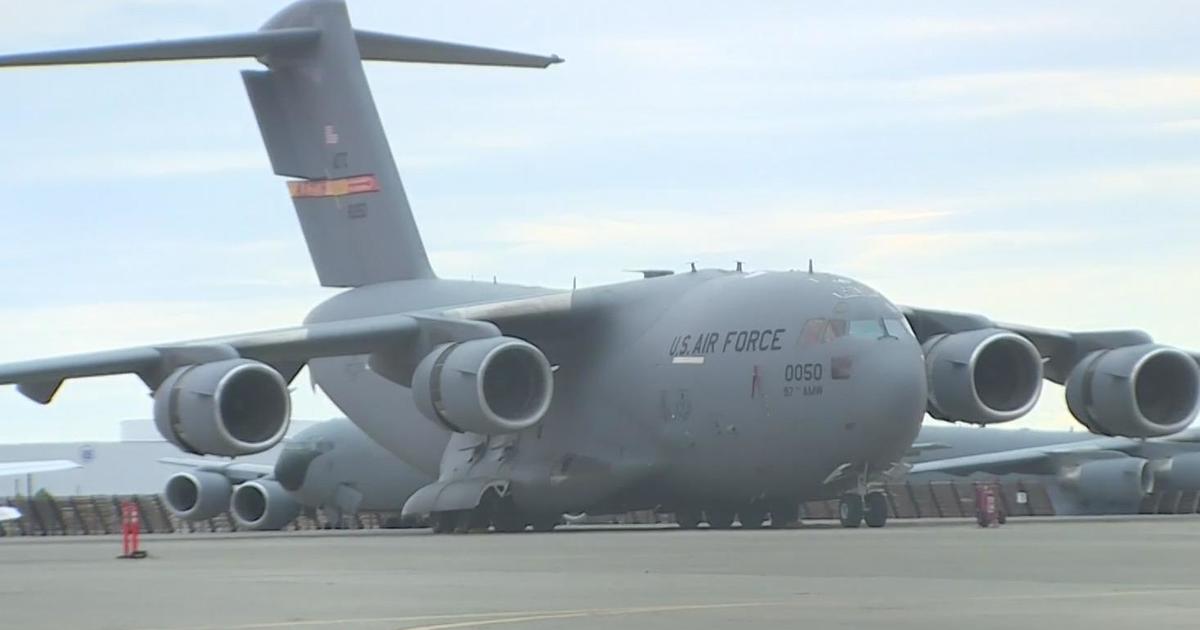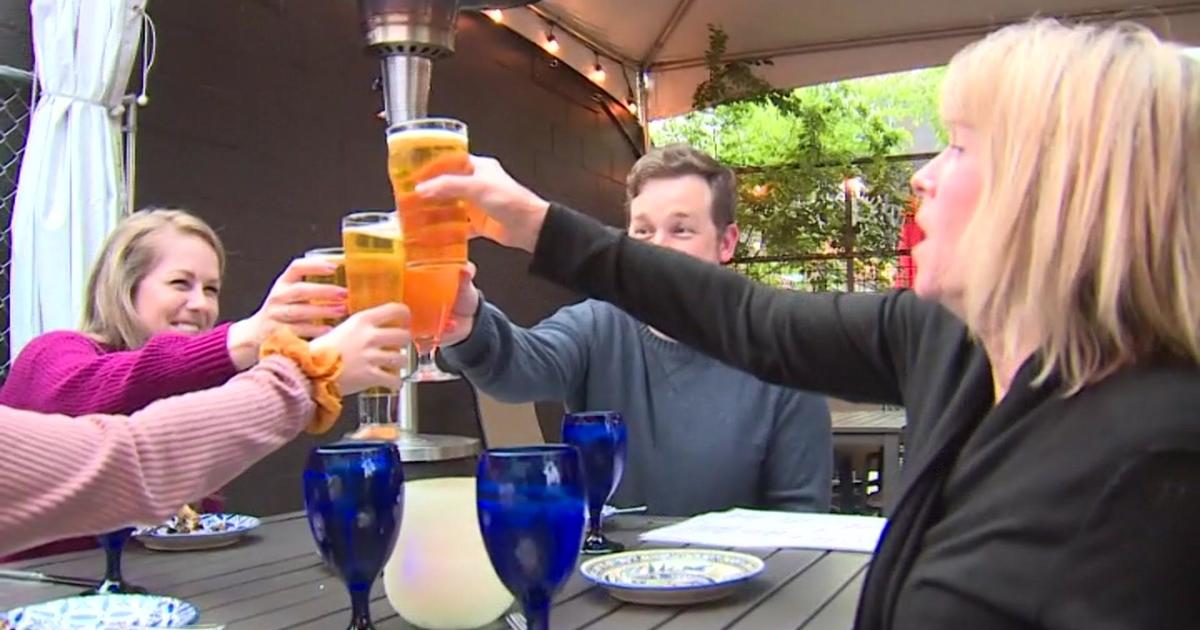Kristin Smart murder trial: anomaly found under Ruben Flores' deck
SALINAS — Two pieces of evidence were introduced to jurors as part of the Kristin Smart murder trial Wednesday.
First was a brief encounter with a target scent by a human remains K9. The second was the results of a ground penetration radar.
Smart, a Stockton native, disappeared during her freshman year at Cal Poly. Now, 26 years after she was last seen leaving an off-campus party, her former classmate, Paul Flores, and his father, Ruben, are on trial in connection to her disappearance.
A certified human remains dog handler took the stand. Karen Atkinson has worked as a certified handler for a decade and explained to the court what it takes to train her dog, Amiga, for search and rescue.
Amiga is a yellow Labrador retriever who, like all of Atkinson's dogs, was trained first on "locking them into their target odor."
San Luis Obispo Deputy District Attorney Chris Peuvrelle spent the bulk of her testimony asking about her qualifications and training. This, he would tell the court, was what made Atkinson an expert in handling human remains dogs.
Atkinson told the court about Amiga's behaviors when she's in scene or odor, which means she's locked on to the target scent given to her before the search.
"She becomes very animated, she actually slows her pace and will vacuum the area, she'll follow the scent as it rises, the odor as it rises, she'll circle, she'll trace... she almost paints a picture for me of the odor as she works," said Atkinson.
This process is crucial to the jury's understanding of how Amiga and Atkinson work together, she explained, and when Amiga does identify the target, her alert is a "distinct sit."
Atkinson and Amiga were at Ruben's home on White Court in Arroyo Grande in March 2021.
They were brought in to search Ruben's property, specifically the backyard and in a crawl space under the home.
The search at Ruben's home was blind, which meant that Amiga and Atkinson were not given any information about the case. They started in the front yard at a parked car, a Volkswagen.
Changes to Amiga's behavior came later on in the search. She turned into the space by the house under the deck and slowed down to work a circle and study the ground in front of her. This area is separate from a crawl space where nothing was found.
Amiga's behavior changed when she went in through the lattice gate and to the left, under the deck.
"It was low-level animation... there was a definite change of behavior which tells me she's picking up some level of her target odor."
Atkinson said Amiga kept her head down and studied the space. She did not sit and did not alert.
Peuvrelle: "Did it appear to you that Amiga briefly encountered her target odor?"
Atkinson: "Yes."
Atkinson would add, after an objection by Paul's attorney, Robert Sanger, that the change was a point in her assignment where she noted that Amiga came in contact with "some of her target odor."
Attorneys for Paul and Ruben would focus on the fact that Amiga did not have a full-out reaction to the search.
The prosecutors believe, as outlined in the Flores' charging documents, Paul killed Smart and, with the help of his father, buried her body under the deck of the White Ct. home.
To this day, Smart's body has never been found.
Jurors weren't done with forensic testimony Wednesday and heard from Phillip Hanes, an archaeologist specializing in ground penetrating radar. He's spent roughly 15 years in the field and uses radio waves to determine underground anomalies.
After detailed questioning about his experience and training, Peuvrelle asked the court to designate Hanes as an expert.
Once admitted as an expert, Hanes begins to detail his experience at the White Ct. home that belongs to Ruben. The process at the house consisted of Hanes setting up 11 grids which would ultimately lead to 4 that were dug out.
Peuvrelle's questioning landed on an anomaly found in one of the grids dug out, a surface anomaly to depth. This indicated to Hanes there was a disturbance through the surface layers, and there might have been digging from the surface to the anomaly.
Peuvrelle: "Would that suggest to you that [the anomaly] had been dug out and then refilled?"
Hanes: "That would be a possibility, yes."
He added that the size and depth of the anomaly were consistent with other burials he had seen over his nearly two-decade career.
Sanger asked in his cross-examination about the similarities to other burial sites.
"It doesn't tell you that there's a burial?" said Sanger.
"Correct," said Hanes.
The evidence presented in photos from the ground penetration radar was shown, in part, as photos from the home to jurors on the screen inside the courtroom. They will have access to this evidence in full when they are given the case to deliberate.
The trial will resume Thursday morning.
Nicolás Viñuela is a CBS contributor to this post and is a general assignment reporter for the Mustang Daily News.






